If you’ve flown in a certified aircraft that was built within the last 50 years, it probably was equipped with a stall-warning device. However, there’s no requirement for stall warning systems in homebuilts. That doesn’t mean it’s not a good idea to have one. And fortunately, it’s easy to build your own.
The device shown in this article uses a microswitch and small tab to activate a warning horn about 5 knots before the stall. An adjustable mounting plate is used to attach the device to the leading edge and fine-tune the point where the warning horn sounds.
How It Works
As a wing moves forward, the air splits into two flows. One flow passes above the wing, while the other goes under. The point on the leading edge where the flow splits is called the cutoff point. This point isn’t fixed—it moves up or down according to the wing’s angle of attack.
During cruise and other maneuvers where there’s plenty of airspeed to prevent a stall, the tab on the leading edge remains in the airflow that goes under the wing, and the microswitch remains off. However, as angle of attack increases and airspeed decreases, the tab moves into the airflow moving above the wing. When the air pushes the tab up (typically about 5 knots above stall speed), it activates the microswitch and sounds the horn.
Positioning the Tab and Mounting Plate
You will probably have to do some testing to correctly position the tab and mounting plate. As shown in the drawing below, the tab needs to be somewhere between Point C and D in level flight. If the tab is always above Point C, the horn will be constantly on. If the tab is always below Point D, the horn will never come on. To locate Point C:
• Place the fuselage reference in a horizontal position.
• Use a bubble level or place a plumb bob tangentially to the leading edge.
• The contact point will be Point C, which will be the upper limit position of the tab.

The microswitch is activated by a small metal tab that extends through a slot in the mounting plate. The plate attaches to the wing’s leading edge with screws.
Fine-Tuning the System
You can move the mounting plate up or down by adjusting the screws that attach the mounting plate to the leading edge. If the tab is too close to Point C, the horn will sound too early. And if the tab is too close to Point D, the horn will sound too late.
As you make your adjustments, don’t forget:
• If the warning is too early, move the plate down.
• If the warning is too late, move the plate up.
Stall Strips
In order to improve the stall characteristics of some airplanes, it may be necessary to add stall strips. These strips are typically placed on the inboard portion of the leading edge, close to the fuselage. The goal is for the strips to create turbulence, which causes the inboard portion of the wing to stall first. Meanwhile, air is still flowing smoothly over the outboard portion of the wing where the ailerons are located, providing lateral control at the beginning of the stall.
Stall strips can be made from wood and are typically triangular in shape measuring 8 inches long by .25 inches tall. The strips are positioned the same as the tab, i.e., between Points C and D. The exact position will be determined by successive tests.
Conclusion
A stall warning device isn’t something you’re likely to use on every flight. But should you ever get distracted, it can be a very nice thing to have. If it only saves you once, it’s worth it.

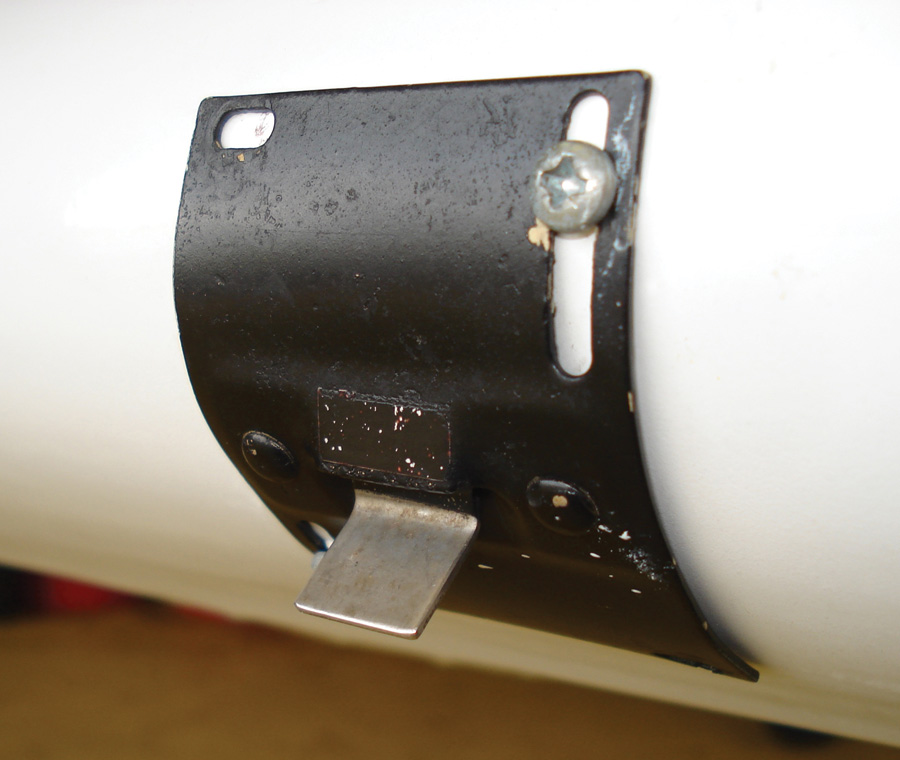
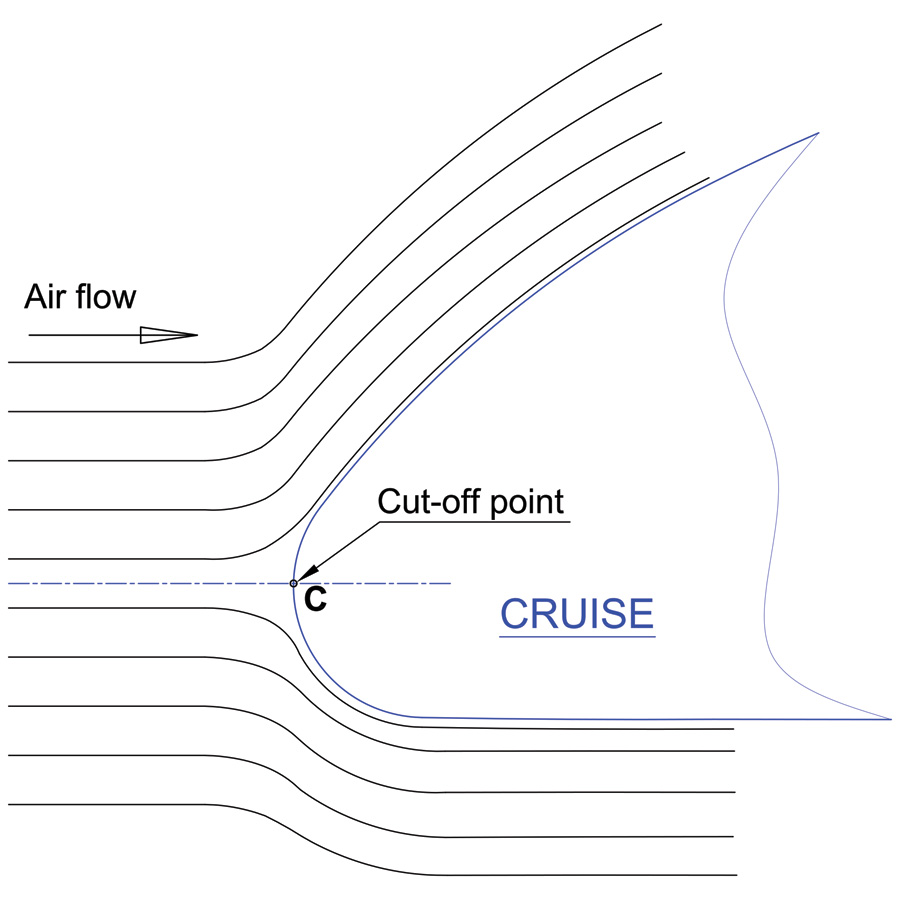
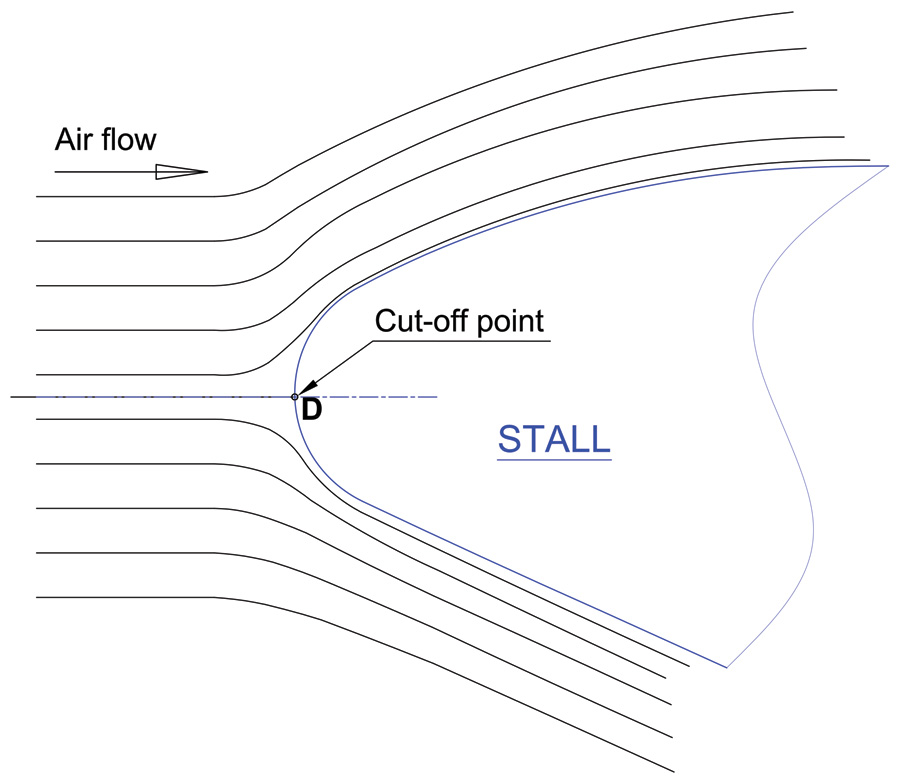
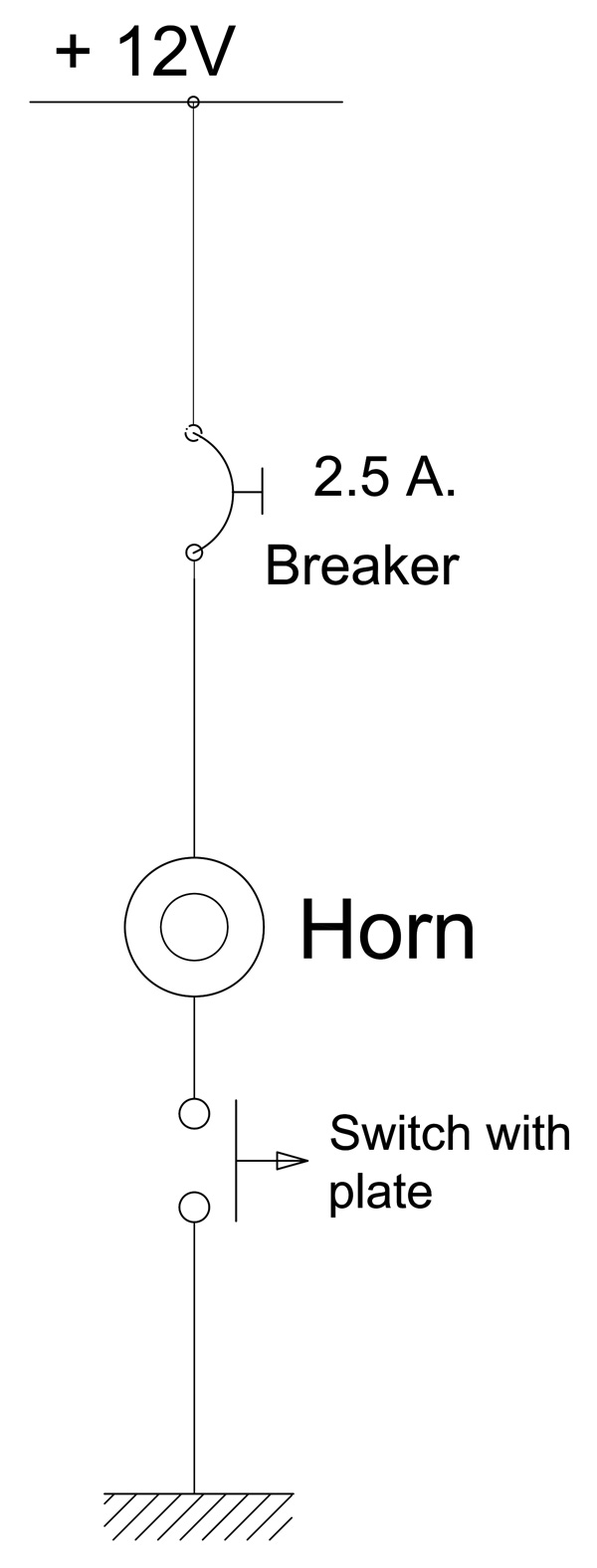
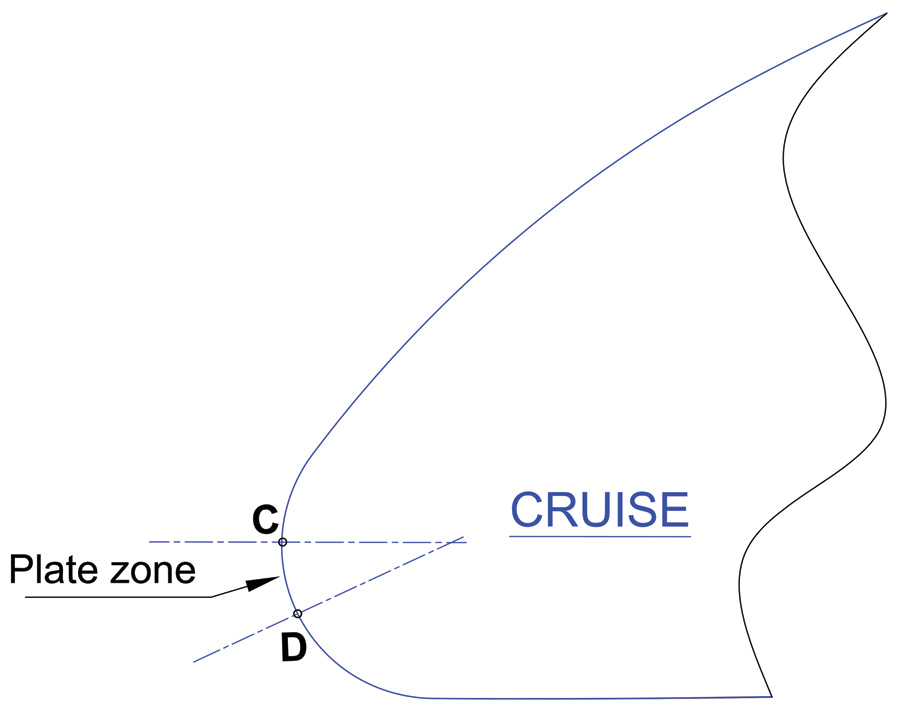

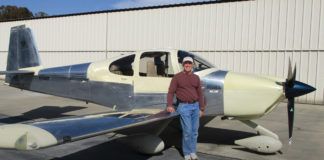



Where can I find the plans for the Stall warning unit?